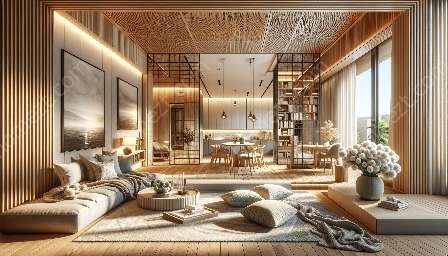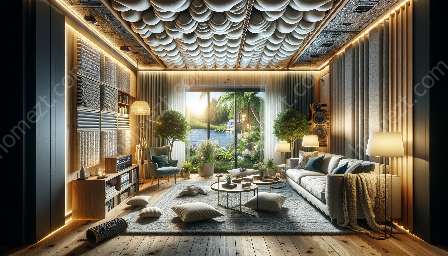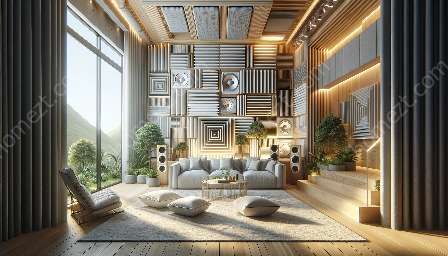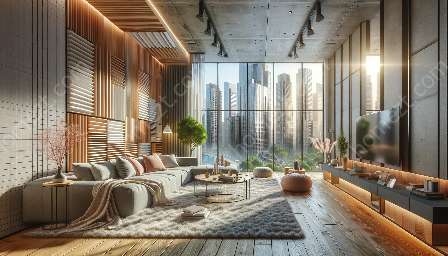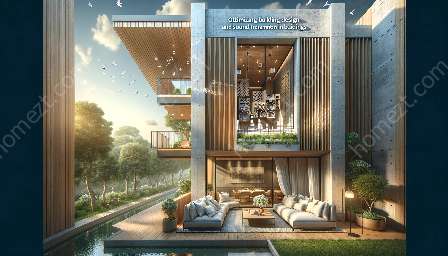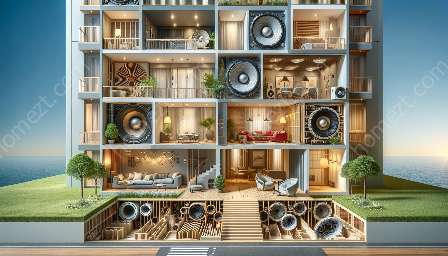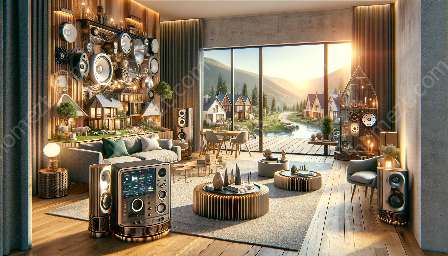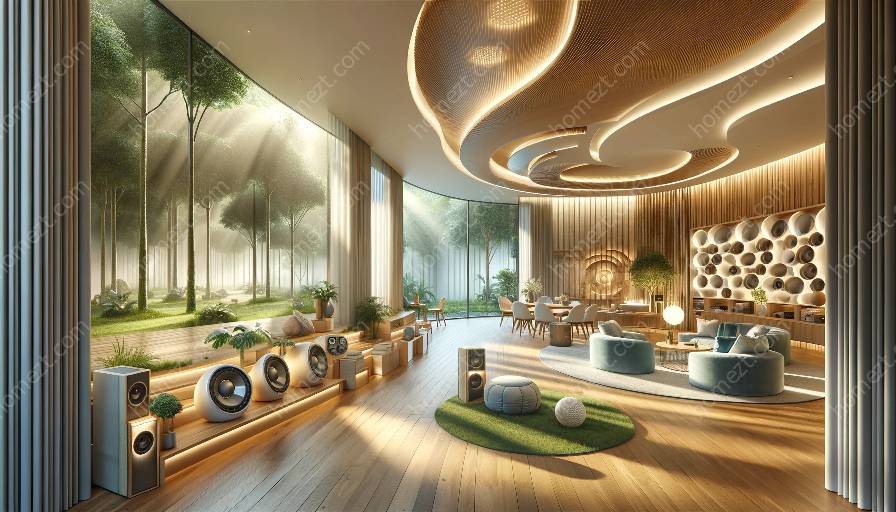Acoustic design plays a crucial role in shaping the sound environment within buildings. It encompasses the principles of sound transmission, noise control, and the impact of architectural design on acoustics. Understanding the role of architecture in acoustic design is essential for creating a comfortable and functional auditory experience within built environments.
Acoustics and Sound Transmission in Buildings
Acoustics in buildings is the study of how sound behaves within enclosed spaces. It involves the design and implementation of systems to control noise levels and optimize sound quality. The architectural layout, materials, and structural elements of a building all influence its acoustic properties.
Impact of Architectural Design on Sound Quality
Architectural design directly affects sound transmission and absorption within buildings. Factors such as room shape, surface materials, and interior layout can either enhance or hinder acoustic performance. By incorporating acoustic considerations into the design process, architects can create spaces that promote clear communication, minimize noise disturbances, and enhance overall auditory experiences.
Noise Control in Homes
Noise control in homes is a critical aspect of architectural design, especially in urban environments. Effective sound insulation, strategic placement of rooms, and consideration of external noise sources are essential to creating peaceful and harmonious living spaces.
Integration of Acoustics and Architecture
Integrating acoustics and architecture involves interdisciplinary collaboration between architects, acoustic engineers, and interior designers. By working together, these professionals can create buildings that not only look impressive but also provide superior acoustic experiences.
Conclusion
The integration of acoustics within architectural design is instrumental in shaping the auditory experiences of individuals in various built environments. By understanding the role of architecture in acoustic design, professionals can work towards creating spaces that prioritize sound quality, minimize noise disturbances, and enhance overall acoustic comfort.

